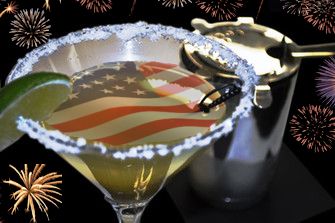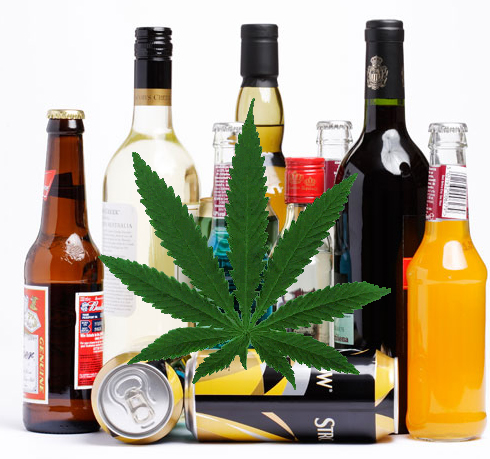
News article by Joe Neel of NPR says that a new poll out this week finds that 60 percent of black Americans say they or a family member have been stopped or treated unfairly by police because they are black. In addition, 45 percent say they or a family member have been treated unfairly by the courts because they are black. The poll is a collaboration between NPR, the Robert Wood Johnson Foundation and the Harvard T.H. Chan School of Public Health.
The poll reveals the consequences of these stops for black Americans personally and across society — 31 percent of poll respondents say that fear of discrimination has led them to avoid calling the police when in need. And 61 percent say that where they live, police are more likely to use unnecessary force on a person who is black than on a white person in the same situation.
Previous polls have asked similar questions, but ours is unique in that it’s the first to ask about lifetime experiences with policing. It’s part of NPR’s ongoing series “You, Me and Them: Experiencing Discrimination in America.”
A Pew Research poll in 2016 asked whether people had been unfairly stopped by police because of race or ethnicity in the previous 12 months and found that 18 percent of black people said yes. A 2015 CBS News/New York Times poll asked whether this had ever happened and found 41 percent of black people said yes.
Neel reports that the NPR poll differs from Pew in that NPR asked not only about a much longer period but also whether people had been unfairly stopped or treated because of their race or ethnicity. Also the NPR poll differ from CBS in that NPR included the word “unfairly.” Finally, the NPR poll differs from both the Pew and CBS polls because NPR asked whether a person or a family member had had this experience, which gives a better sense of the presence of these experiences in respondents’ life and surroundings.
Neel also reports that the black American data from our poll, released Tuesday, were compiled from 802 black Americans as part of a large national representative probability survey of 3,453 adults from Jan. 26 to April 9. The margin of error for the full black American sample is plus or minus 4.1 percentage points.
It is imperative to contact a competent attorney if you, a friend or family member were pulled over, searched and/or seized by police under suspicious circumstances.
Please read my Search and Seizure Legal Guide and contact my office if you, a friend or family member are charged with a crime. Hiring an effective and competent defense attorney is the first and best step toward justice.















